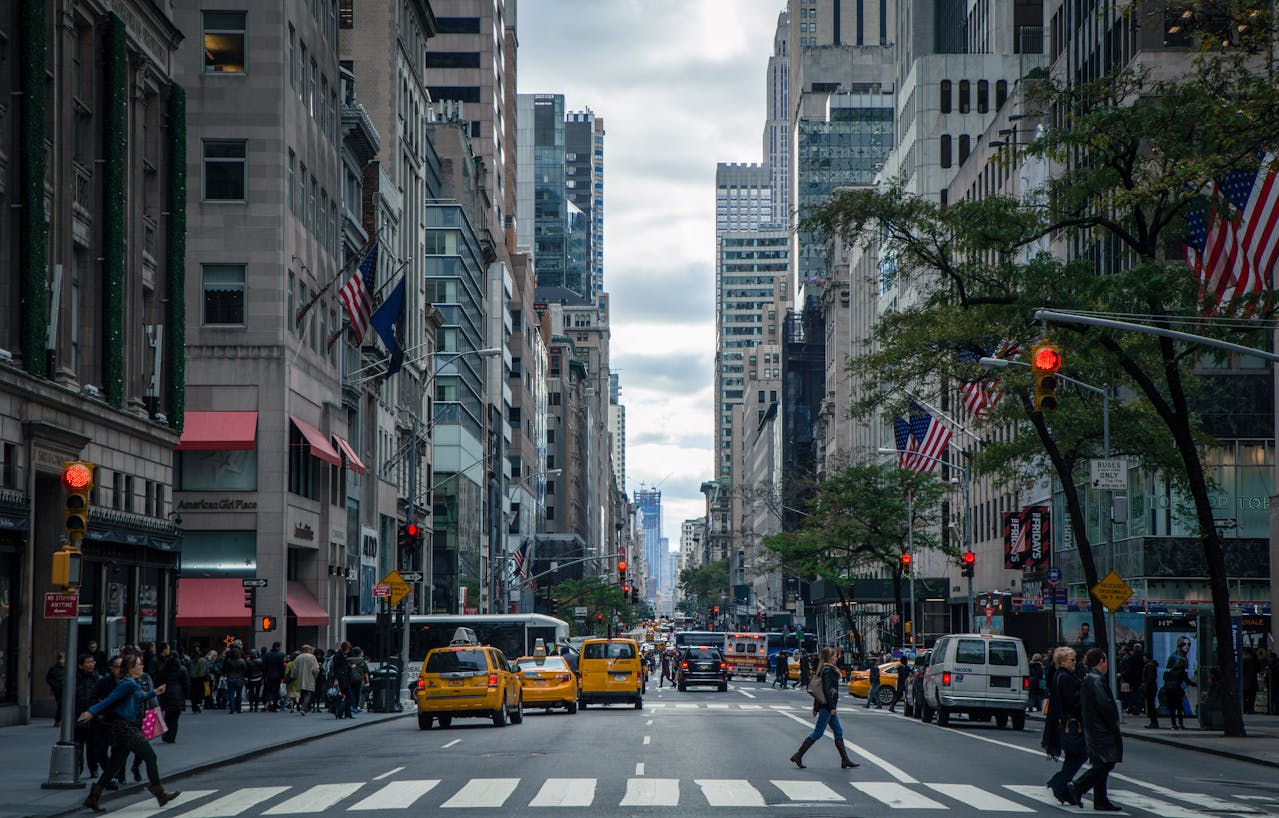Urbanites often take for granted the networks beneath their feet. As cities stretch upwards, the underground workings that make this urban sprawl possible are never given a second thought. But without these subterranean systems, cities would collapse. Ignorance doesn’t diminish their importance. Instead, it breeds a lack of appreciation for what is basically infrastructure.
Urban Waterworks 101
A city’s waterworks is a human marvel. At its centre is a maze of pipes and tunnels that crisscross beneath the asphalt, delivering water to every building. Think of waterworks as an invisible umbilical cord woven into the very fabric of urban life. Without it, cities would not be the bustling metropolises they are today but stagnant backwaters stuck in the past.
The origins of this hidden network go back to ancient civilizations. The Romans with their aqueducts set the precedent by creating a water delivery system. Fast forward to the 19th century and modern plumbing began to take shape, with cast iron pipes replacing stone conduits. This sealed the deal that cities thrive only when their water systems do.
Although often invisible to the urban eye, addressing and maintaining plumbing issues can ensure the longevity and efficiency of these systems. Whether it’s a small leak or a bigger repair job, fix your plumbing issues today to prevent future problems that could disrupt this vital infrastructure.
As cities evolve so must their water infrastructure. Cities must integrate new technology into old systems, mesh sensors and data analytics to detect issues before they become crises. This marriage of technology and tradition ensures water systems keep up with the demands of modern city living.
Water’s Journey to Your Tap
To the naked eye, water’s journey is simple: up through a tap into a waiting glass. But the truth is a denser story of treatment, filtration and distribution. From the reservoirs and lakes it starts at, water travels miles of treatment plants that remove the bad stuff and keep us healthy.
After it’s cleaned, water goes through the city’s main arteries held together by water pressure and pump stations. It travels across valve chambers to make sure every skyscraper and street-side faucet gets its fair share. This is all thanks to state of the art technology, monitored 24/7 by a dedicated workforce for any faults that could be disastrous.
Ecosystem changes and higher environmental standards demand constant adjustments, with authorities tasked to not only meet but exceed water quality guidelines. This means an unwavering commitment to technology and foresight to develop sustainable practices that minimizes our ecological footprint while serving the urban population.
Meteorological Challenges and Increasing Demand
Climate change is the enemy we can’t beat. It’s creating unprecedented droughts and intense rainfall patterns that cities weren’t designed to handle. With every rain shower, old systems get overwhelmed with volumes they weren’t built to carry. This is causing cities to spend more to upgrade.
More people are moving to the cities for opportunities. As demand increases, the pressure on water systems grow. Infrastructure designed for a few million must now serve three times that number. This is not just about fixing leaks or rust – it’s a massive task of scaling up at lightning speed.
Communities are also being asked to participate in collective efforts to reduce water waste, using simple measures like rainwater harvesting and greywater recycling. Public awareness campaigns aim to change consumption habits, to make users more environmentally conscious and less resource intensive.
The Unseen Heroes
Workers who maintain this network of pipes are the unsung heroes that keep urban life going. Each broken sewer line or damaged pipe is a disaster waiting to happen; each hour is precious to prevent health disasters. Yet, the spotlight rarely shines on them. Their expertise in navigating the tight spaces of aging pipes is urban sustenance.
Among the glamour of skyscrapers and city streets, these underground systems and the people behind them deserve recognition. For city dwellers who often only curse a leaky faucet, acknowledging this machinery is key.
Their work is most evident during natural disasters when everything is put to the test. They work behind the scenes and often in silence, but their work enables quick recovery and proves the strength of urban water systems.
Moving Forward
Urban waterworks, the hidden orchestrators of our daily lives, deserve more acknowledgment. As we benefit daily from these hidden marvels, understanding their complexity and weight matters. Water—vital to civilization’s pulse—demands diligent upkeep, much like our admiration for the cities it feeds. Such systems, invisible as they may be, remain the channels through which urban life flows.




